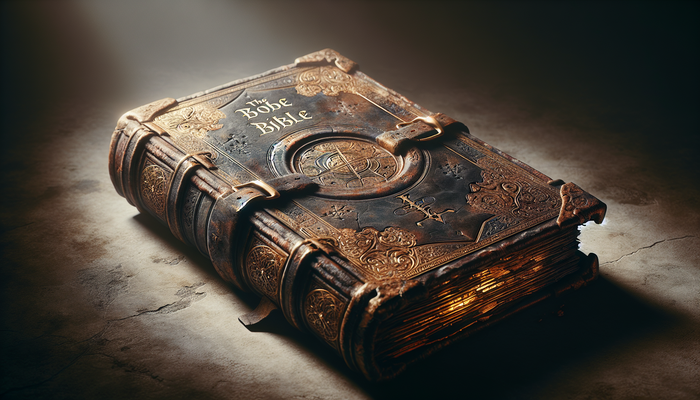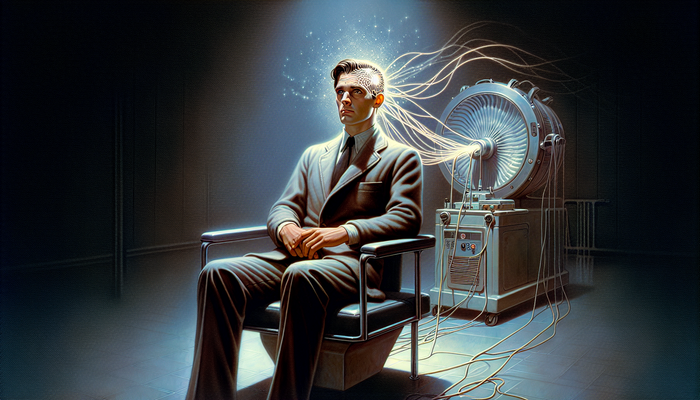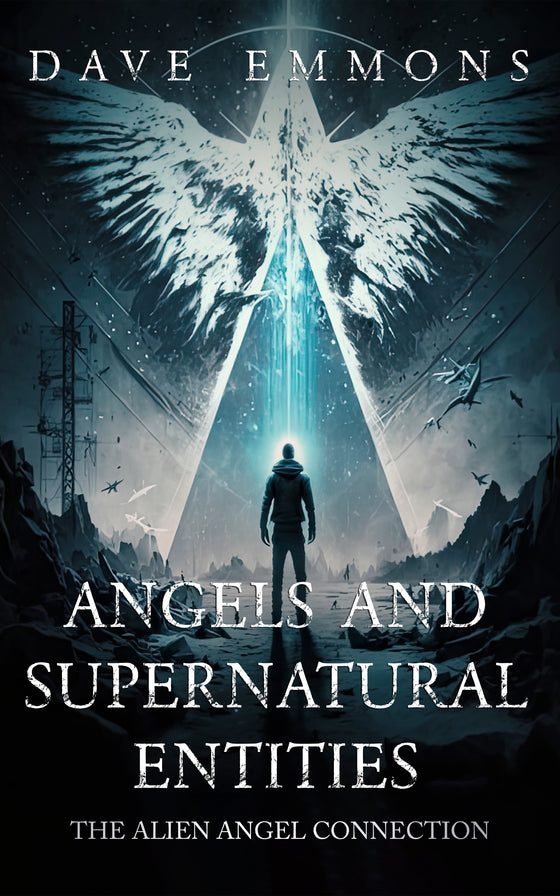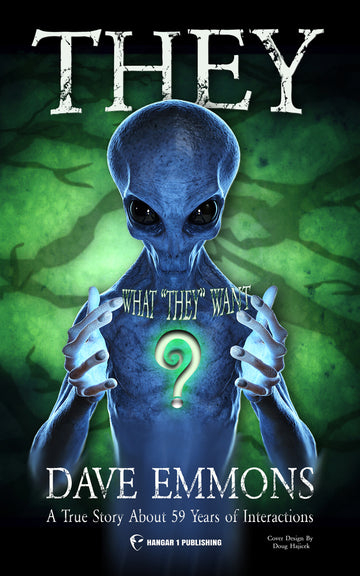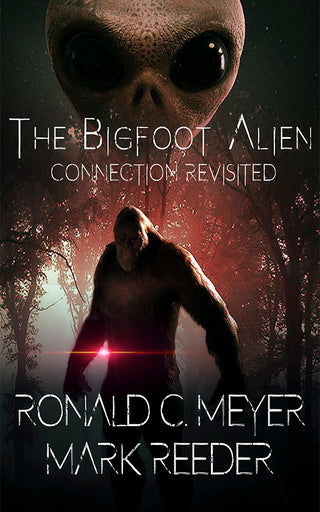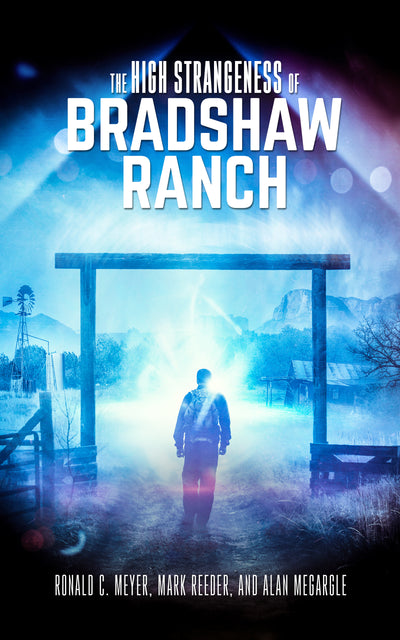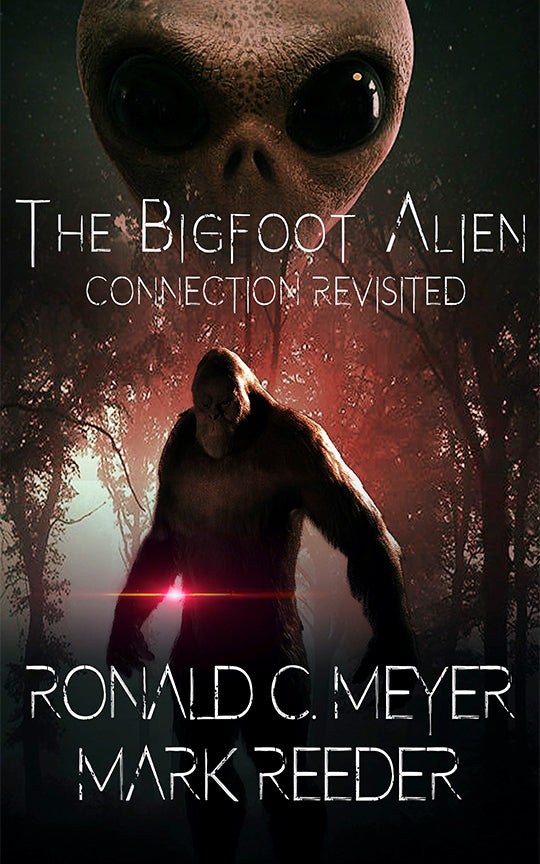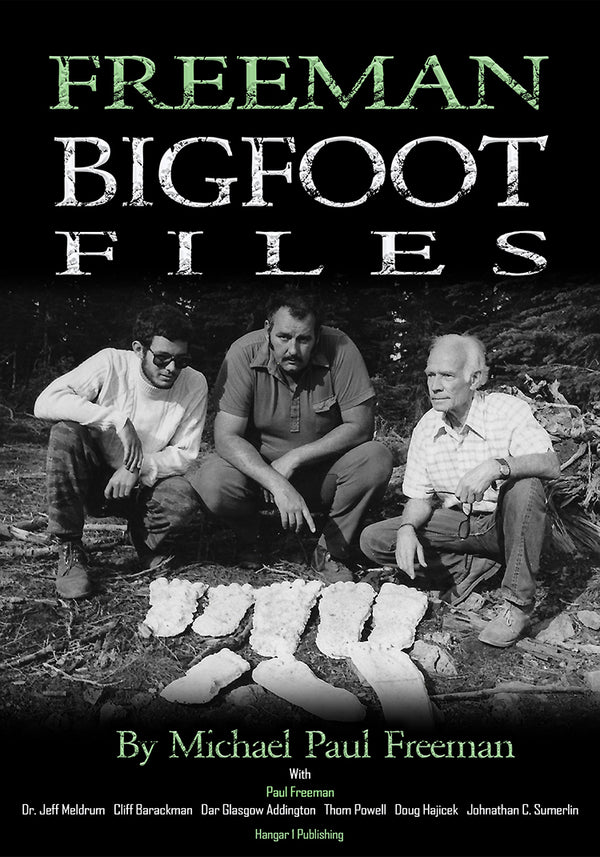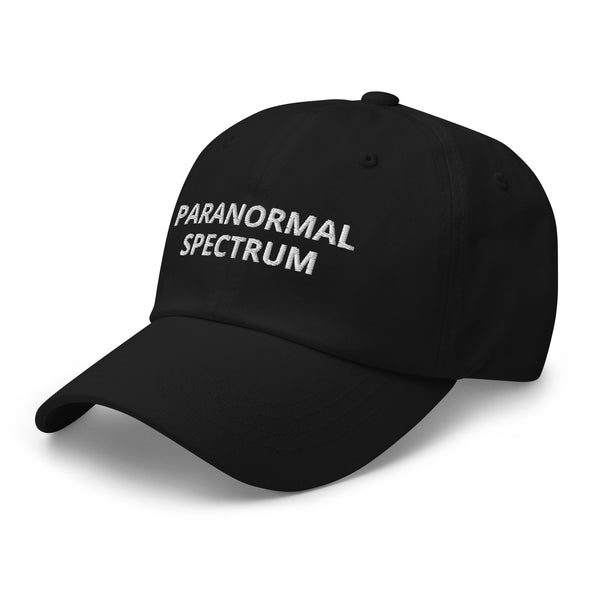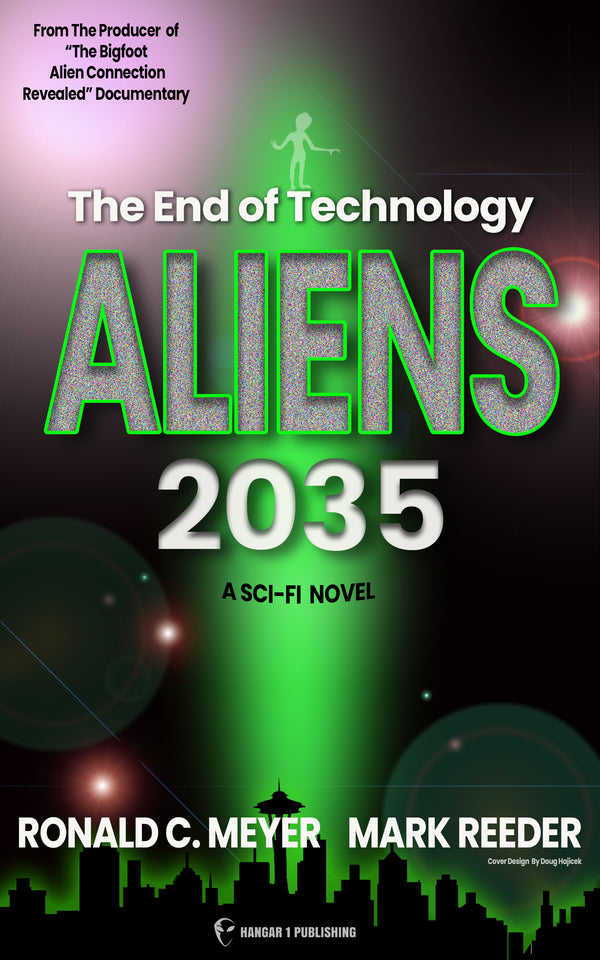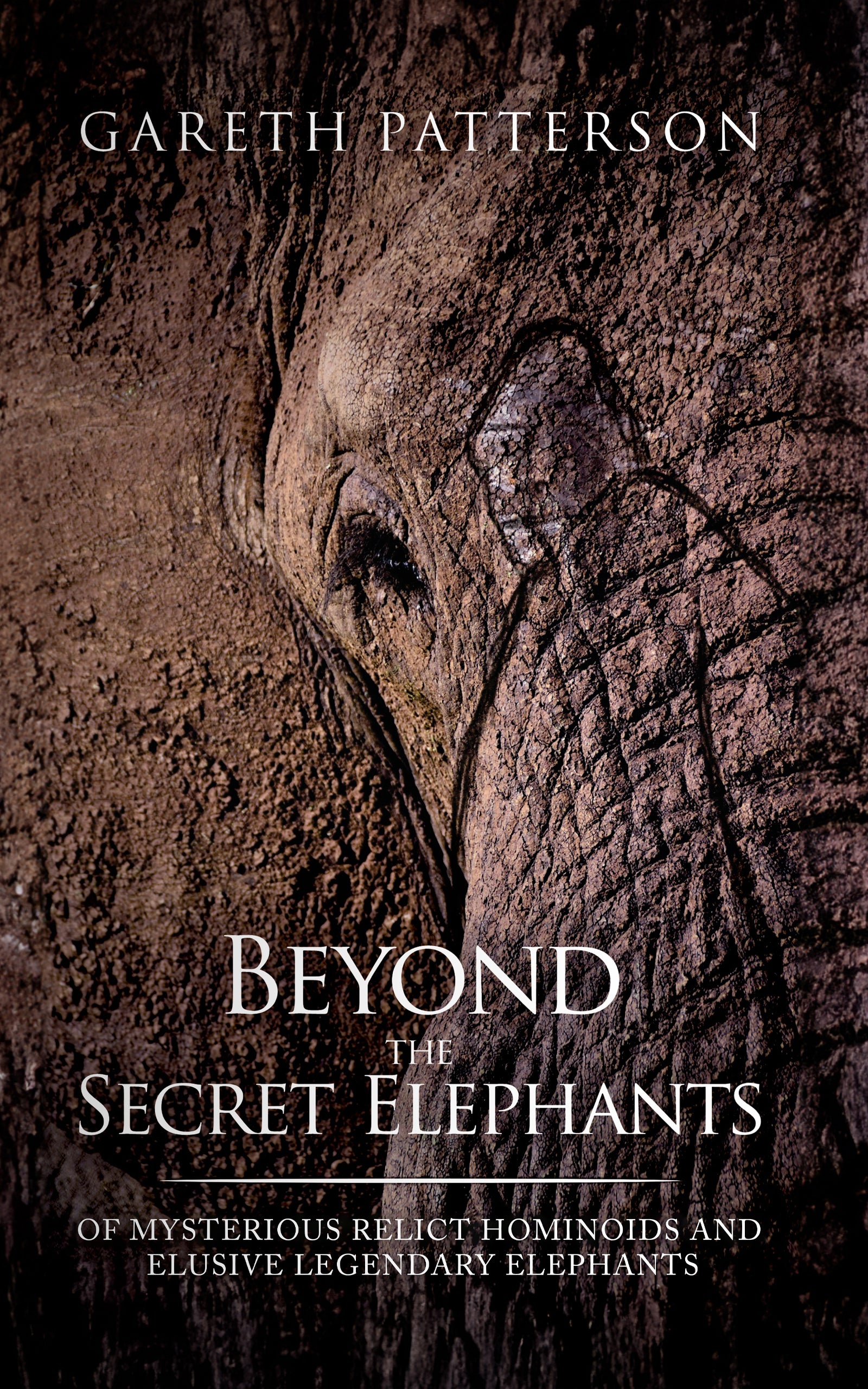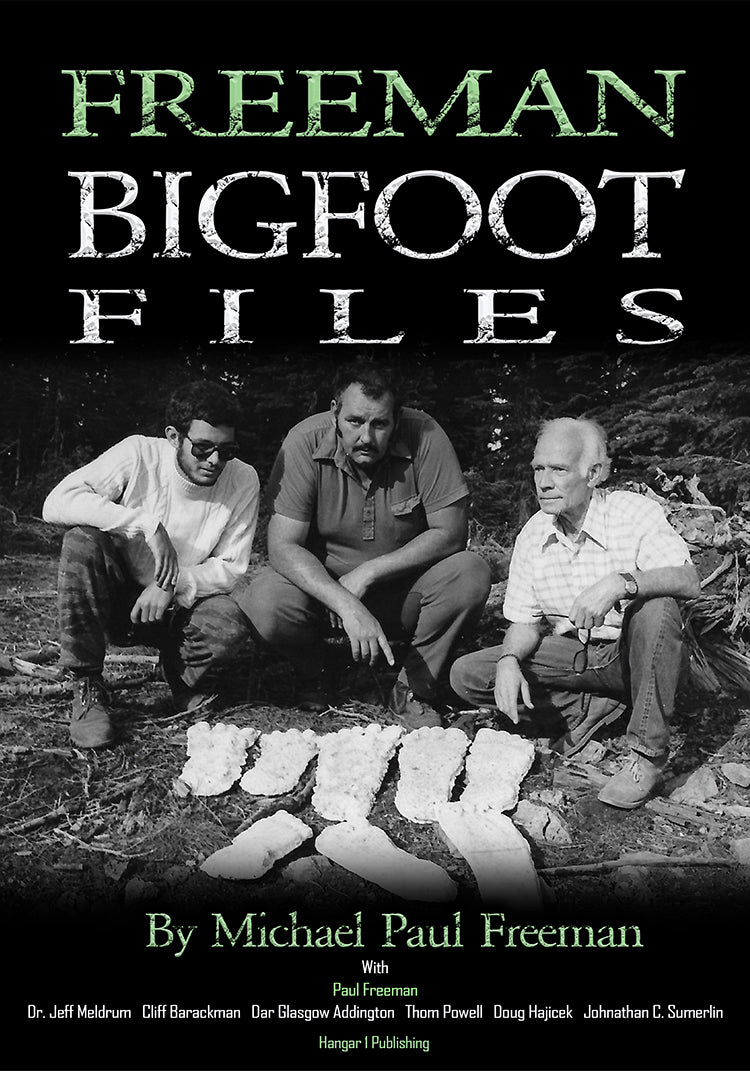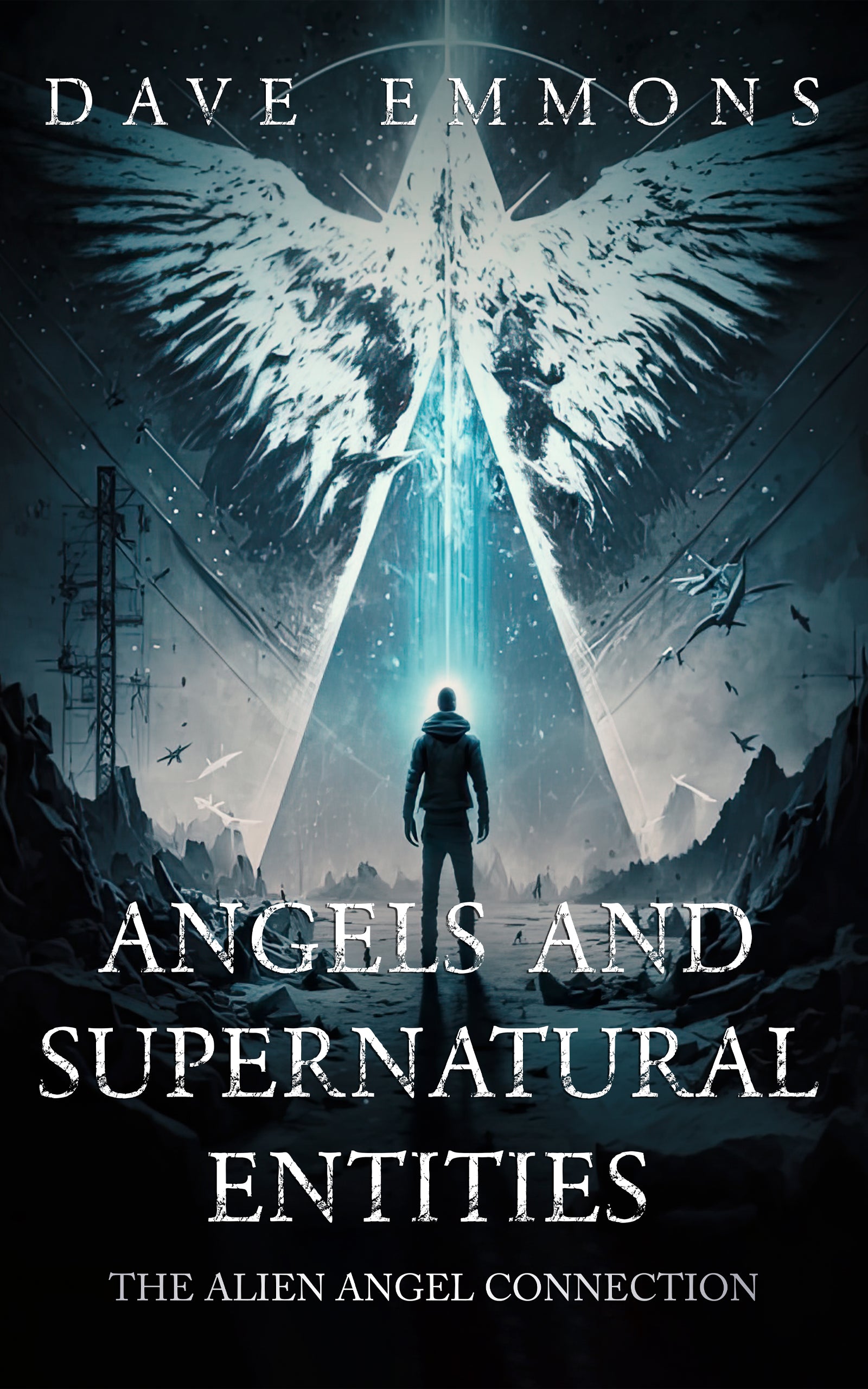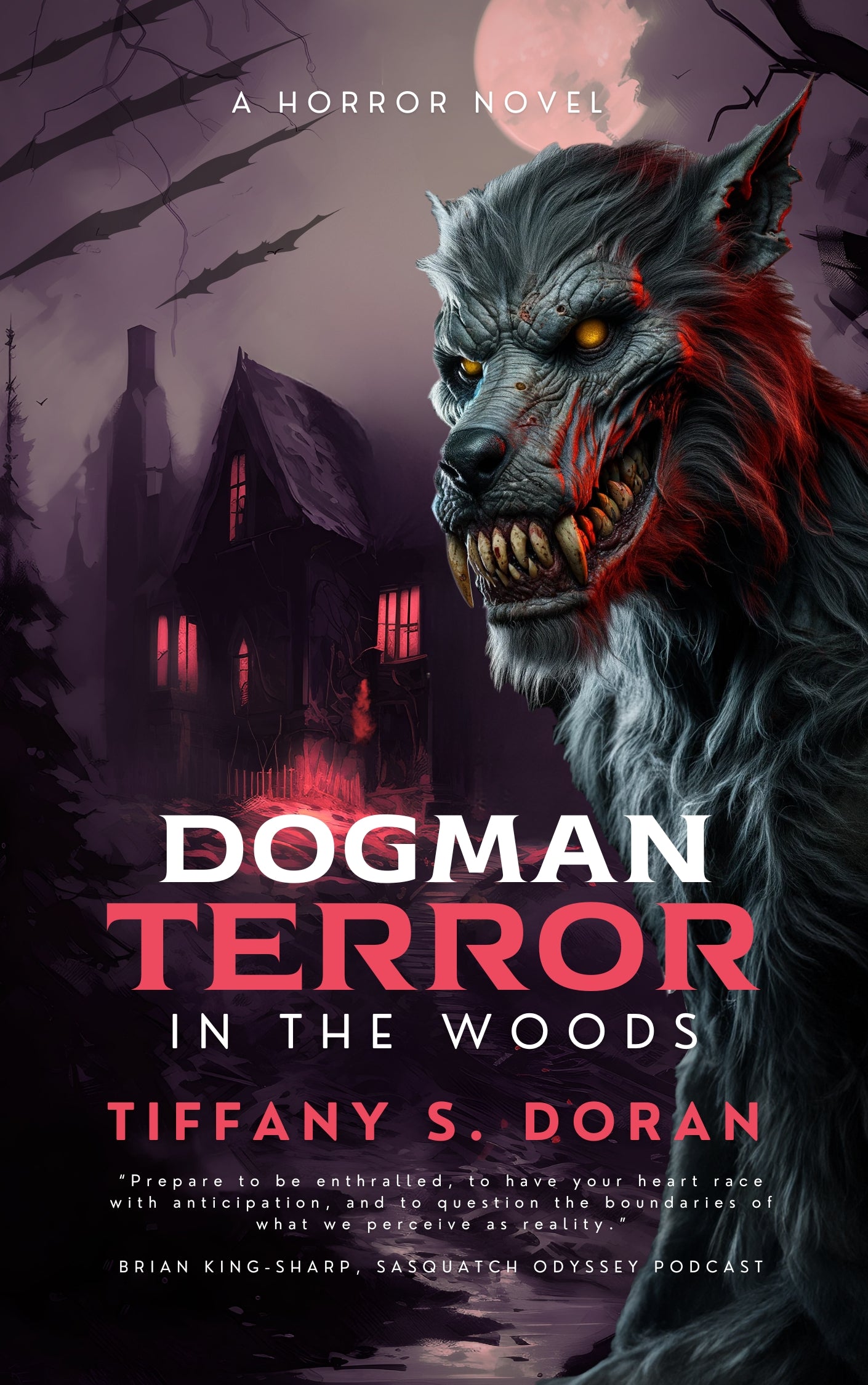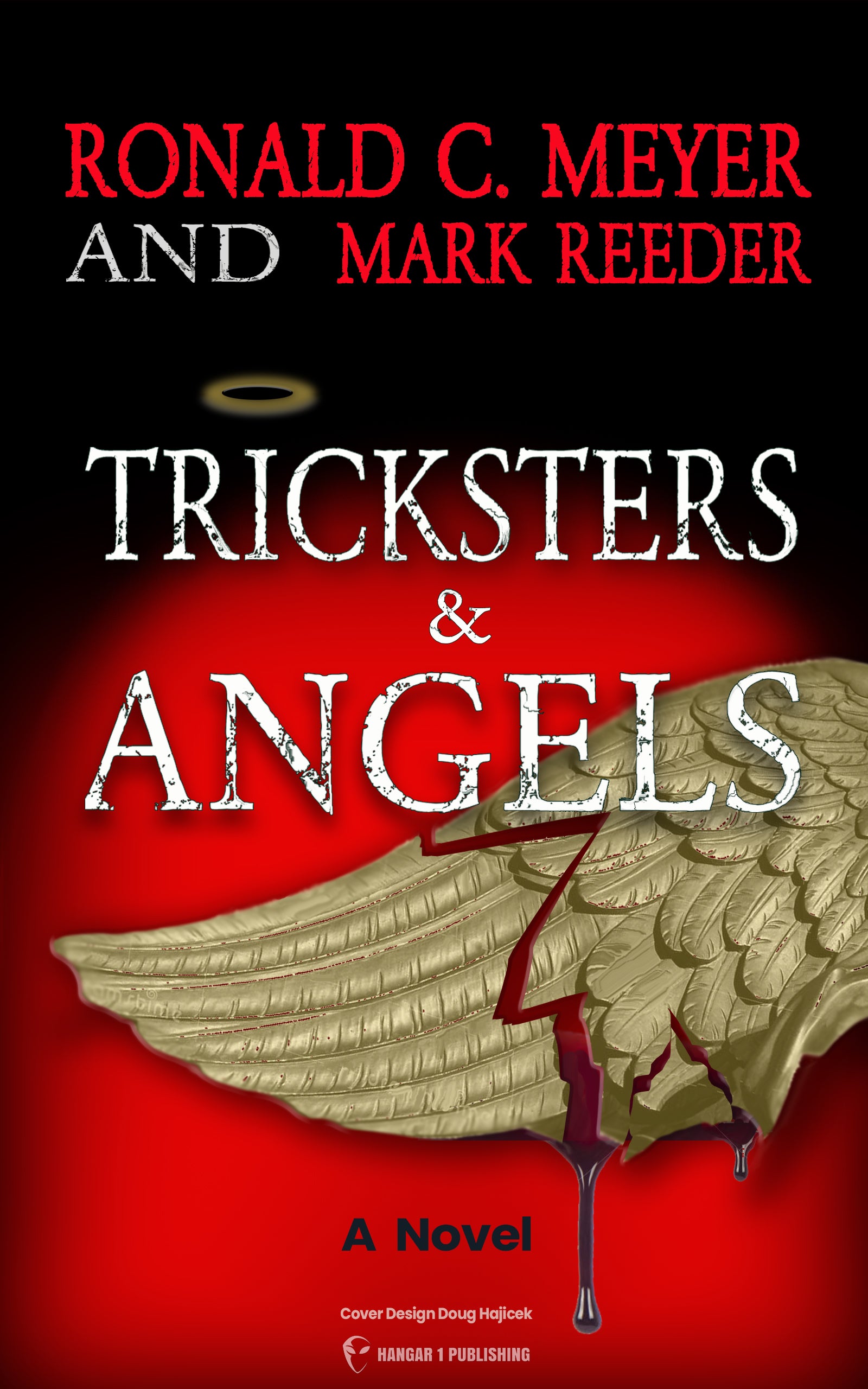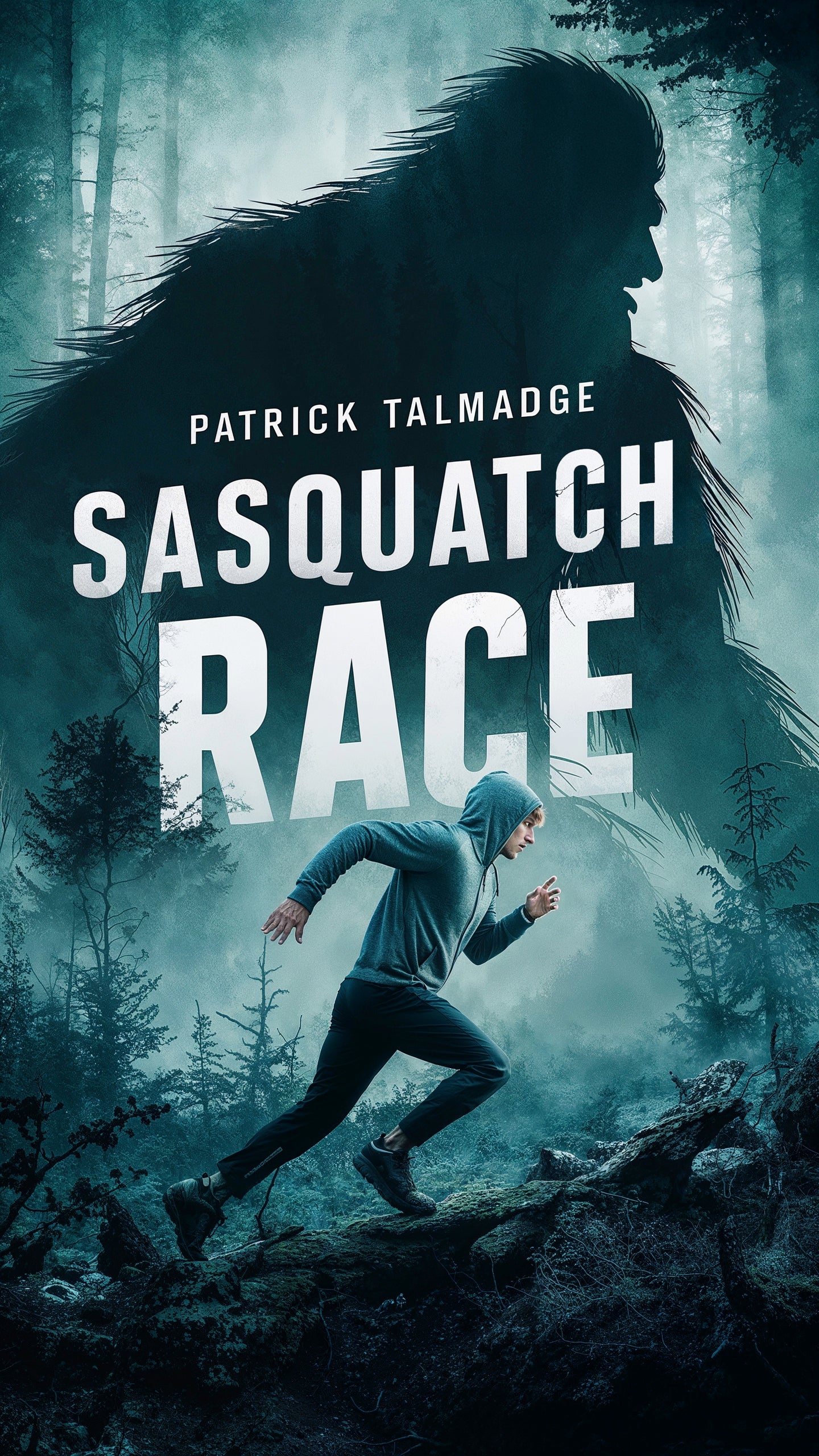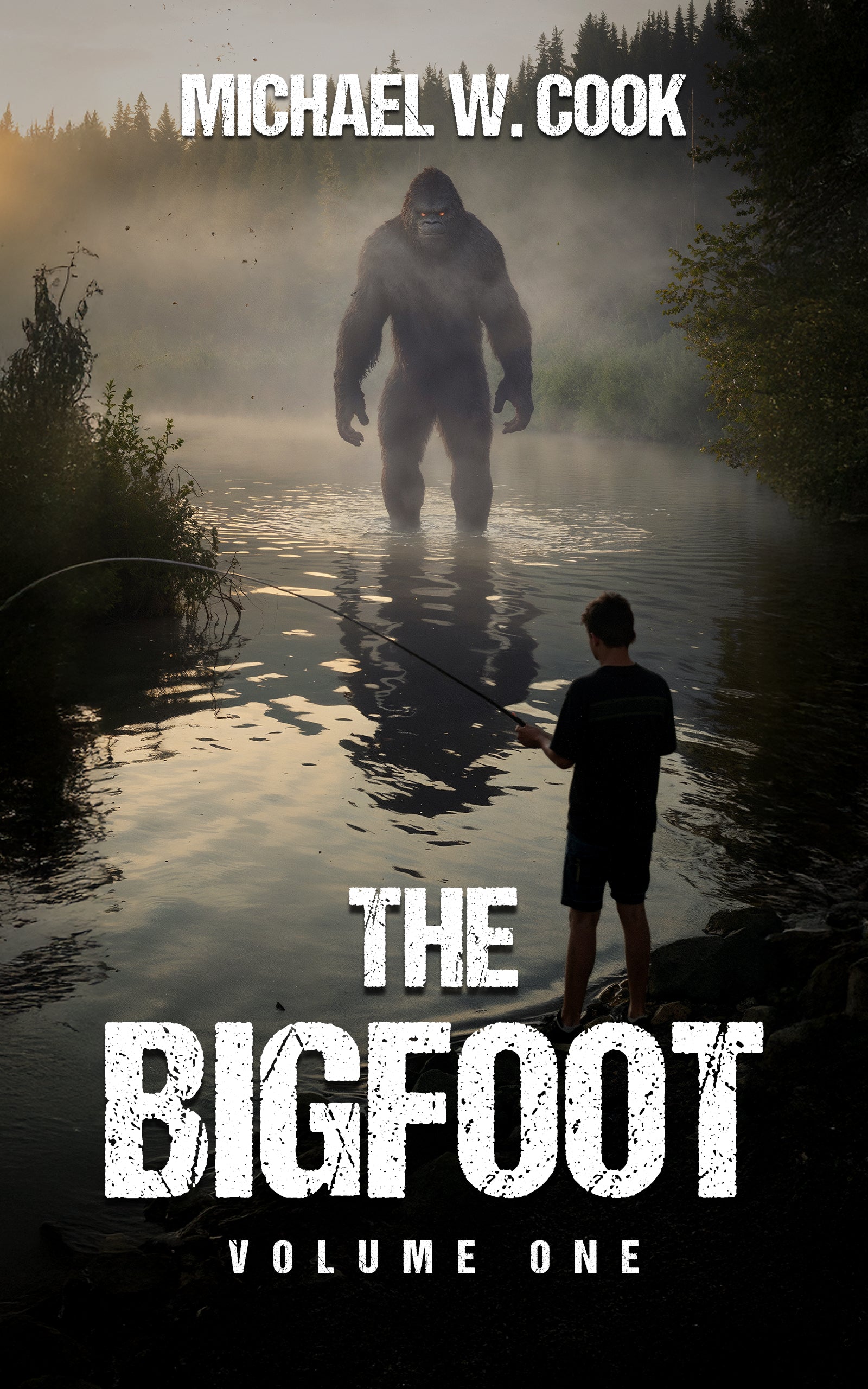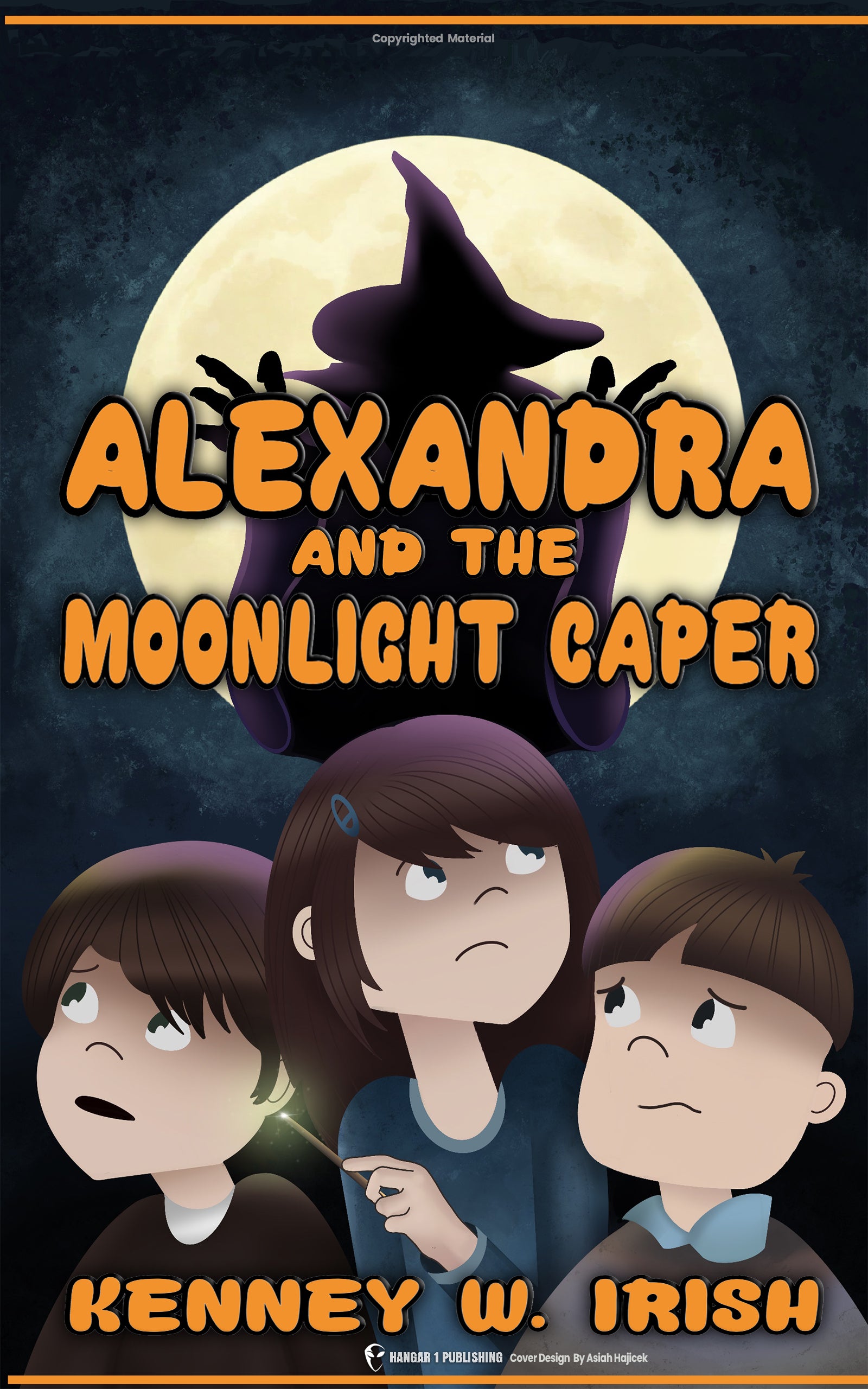The Lonnie Zamora Sighting: Unraveling the Mystery

By Gabriel Chen, Ufologist
Introduction: Setting the High Desert Stage for an Enduring Enigma
Picture this: a late April afternoon in 1964, the New Mexico sun casting long shadows across the arid landscape near Socorro. It’s the kind of day where the ordinary feels baked into the very dust. On this seemingly unremarkable Friday, Police Officer Lonnie Zamora was doing what police officers do – pursuing a speeding car south of town. A routine task on a routine day. But in a matter of minutes, that routine would shatter, replaced by an encounter so bizarre, so inexplicable, that it would become one of the most analyzed and debated cases in the annals of unidentified aerial phenomena (UAP).
Lonnie Zamora wasn't looking for fame or otherworldly encounters. By all accounts, he was a grounded, five-year veteran of the Socorro Police Department, known for his reliability and sobriety. An FBI report would later describe him as a "sober, industrious, and conscientious officer and not given to fantasy." He was considered a pillar of his church and community. This wasn't a man prone to fabrication; this was a man doing his job.
Yet, what Zamora reported seeing that afternoon defies easy categorization. It began with a startling roar and a descending flame, leading him to abandon the chase, thinking a nearby dynamite storage shack had dangerously exploded. His investigation led him not to debris, but to an isolated arroyo where he witnessed a smooth, white, oval-shaped craft resting silently on legs. He saw two small figures in white coveralls nearby, figures who reacted to his presence before disappearing. He heard metallic thuds like closing doors. And then, with another deafening roar and a blast of blue-orange flame, the craft lifted off, flew silently across the desert terrain, and vanished over the distant mountains. Left behind? Tangible evidence: indentations in the earth and scorched vegetation.
This encounter, meticulously documented and investigated by local police, the FBI, and the U.S. Air Force's Project Blue Book, remains stubbornly classified as "unknown." Despite numerous attempts to explain it away, the Lonnie Zamora Sighting persists, a stark data point challenging conventional explanations. Our purpose here is to meticulously unpack this incident, examining the sequence of events, the evidence that lends it credibility, the official responses, the lingering questions, and why, after more than half a century, it continues to fascinate and confound.
The Incident Unfolds: A Chronicle of a Close Encounter
The clock ticked towards 5:45 PM on Friday, April 24, 1964. Officer Lonnie Zamora, driving his white 1964 Pontiac patrol car, spotted a black Chevrolet tearing south out of Socorro. He radioed dispatcher Nep Lopez, initiating the pursuit. Just moments into the chase, Zamora’s attention was violently pulled away. A loud, deep "roar" filled the air, distinct from a blast, accompanied by a "bluish and sort of orange" flame descending in the southwestern sky, perhaps half a mile to a mile off. His immediate thought? The dynamite shack near that area. Potential danger overrides a speeding ticket every time. Zamora broke off the chase, radioing Lopez again that he was investigating a possible explosion, and steered his cruiser onto a rough gravel road leading toward the disturbance.
The going was tough. The loose gravel and steep incline forced Zamora to make three attempts before cresting the hill. All the while, the roar continued, its pitch shifting strangely, "from high frequency to low frequency," lasting about ten seconds before abruptly stopping. As he reached the top and drove westward, scanning for the shack whose exact location he couldn't recall, something else caught his eye. About 150 to 200 yards away, down in an arroyo, rested a shiny object. "At first glance," Zamora reported, "I stopped. It looked at first like a car turned upside down." Thinking someone might need help, he radioed the Sheriff's Office about a possible "10-44" (accident) and requested backup from State Police Sergeant Sam Chavez, a colleague he trusted. He was still on the radio as he drove closer along the ridge overlooking the arroyo, coming to a stop at the point nearest the object.
Leaving his cruiser – his radio mic falling and being replaced as he exited – Zamora started walking towards the gully. He’d taken only a few steps when he heard two or three loud "thumps," sounds he likened to "someone possibly hammering or shutting a door hard." Almost simultaneously, the deafening roar returned, this time escalating from low pitch to high and increasing rapidly in volume. Below him, the object – clearly not an overturned car – was enveloped in flame underneath. Zamora now saw its true form: "oval in shape," smooth, whitish like aluminum but not chrome, resting on what appeared to be girder-like legs. There were no apparent windows or doors.
Then came the occupants. During his initial stop, Zamora had briefly glimpsed "two people in white coveralls" near the object. He described them as "normal in shape—but possibly they were small adults or large kids." He noted, "One of these persons seemed to turn and look straight at my car and seemed startled—seemed to jump quickly somewhat." By the time Zamora got out of his car, these figures were gone.
As the roar intensified and the blue-orange flames erupted from beneath the oval craft (kicking up dust but producing no smoke), Zamora saw it begin to slowly rise. Fear kicked in; he thought it might explode. He turned and ran back towards his patrol car, bumping his leg on the rear fender in his haste, dropping his glasses. He scrambled behind the vehicle for cover, glancing back. The object had risen 20 to 25 feet, level with his car.
He continued running north, ducking down just over the crest of the hill. "I was scared of the roar," he admitted. But then, silence. "Being that there was no roar, I looked up." The object was now moving swiftly away to the southwest, flying in a straight line, maybe 10 to 15 feet off the ground. It silently cleared the nearby eight-foot dynamite shack "by about three feet." As the roar ceased, Zamora heard a brief, high-to-low whining sound, lasting only a second. Then, absolute quiet.
Zamora scrambled back to his car, retrieving his fallen glasses, keeping his eye on the departing craft. He got back on the radio to Nep Lopez, urging him to look out the window: "It looks like a balloon." But the object was already receding, appearing smaller as it flew rapidly over Box Canyon or Six Mile Canyon Mountain and vanished. The entire close-range encounter, from exiting his car to the object's disappearance, Zamora estimated, lasted perhaps only 20 intense seconds.
Pillars of Credibility: Why the Zamora Sighting Stands Out
What elevates the Socorro incident from just another strange story to a case demanding serious attention? It rests on several strong pillars, the first being the witness himself. Lonnie Zamora wasn't some random person reporting a light in the sky. He was a five-year veteran police officer with deep roots in the Socorro community. Investigators repeatedly stressed his credibility. The FBI noted he was "well regarded as a sober, industrious, and conscientious officer and not given to fantasy." Major Hector Quintanilla, head of the Air Force's Project Blue Book, publicly stated, "There is also no question about Zamora's reliability. He is a serious police officer, a pillar of his church, and a man well versed in recognizing airborne vehicles in his area." Zamora’s immediate actions – radioing for backup, reporting the event through official channels – and his consistent retelling of the account, even under intense scrutiny and years of unwanted attention, speak volumes against the notion of a fabrication. J. Allen Hynek, the civilian scientific consultant for Blue Book, found Zamora "unimaginative" and "incapable of hoax," noting Zamora was initially reluctant to even discuss the event, displaying none of the eagerness typical of a hoaxer.
The second pillar is the tangible physical evidence left at the scene. Sergeant Sam Chavez arrived within minutes, finding Zamora pale and shaken. Together, they examined the landing site in the arroyo. Chavez immediately pointed out the "tracks." Investigators documented four distinct, wedge-shaped indentations pressed into the sandy soil, each about 4x8 inches and 3-4 inches deep. Measurements revealed these marks formed a quadrilateral whose diagonals intersected at precise 90-degree angles – suggesting a stable, deliberate landing by something substantial. Adjacent to these marks, several clumps of brush and range grass were found smoldering. One bush near the center of the impressions was notably scorched, burned as if by intense, directed heat, yet reported by Chavez to be cool to the touch shortly after. Some accounts even mention sand in the immediate vicinity being compacted almost into a glass-like substance, hinting at extraordinary temperatures far exceeding a simple fire. These weren't just vague descriptions; they were physical traces documented by multiple officers and photographed before federal authorities inevitably arrived and took possession of the evidence.
Finally, there are the corroborating voices. Zamora wasn't entirely alone in experiencing something unusual that afternoon. Crucially, several other reports surfaced *before* the details of Zamora's encounter became widely known, lending them significant weight. Tourists Larry Kratzer and Paul Kies, driving southwest of Socorro around 6:00 PM, reported seeing a shiny, egg-shaped object ascending vertically from smoke near the town, noting silvery color and even a possible "red Z" marking before it leveled off and flew away. Five other tourists from Colorado also reported seeing the craft or the bluish flame. Beyond visual sightings, hundreds of Socorro residents reportedly heard the distinct, loud roar that Zamora described, both when the object presumably landed and when it departed. Perhaps most compelling is the account relayed by Opal Grinder, manager of the Whiting Brothers gas station. Late that evening, a family (possibly from Colorado, driving a light green Cadillac) stopped for gas. The driver remarked, "Your aircraft sure fly low around here," describing a craft nearly taking the roof off their car south of town. Significantly, the driver mentioned seeing a police car pull off the highway and head towards the craft just as it flew over them – independently corroborating Zamora’s approach to the site contemporaneous with the low-flying object.
The Official Response and the Project Blue Book "Unknown"
The strange events in the Socorro arroyo didn't stay local for long. News traveled fast, and the investigation quickly escalated beyond the town's police department. An FBI agent, Arthur Byrnes Jr., overheard the initial police radio chatter and became involved, contacting Army Captain Richard T. Holder at the nearby White Sands Missile Range. Holder arrived, interviewed Zamora, and, accompanied by military police, secured the landing site by that evening. The Air Force, through its official UFO investigation arm, Project Blue Book, based at Wright-Patterson Air Force Base, was soon on the case.
Project Blue Book's involvement brought both official scrutiny and a layer of enduring controversy. T/Sgt. David Moody, a Blue Book analyst, and Major William Conner from Kirtland Air Force Base arrived, along with civilian researchers like the Lorenzens from APRO and Ray Stanford from NICAP. Perhaps most significantly, Dr. J. Allen Hynek, Blue Book's civilian scientific consultant, was dispatched to investigate.
The official public conclusion eventually released by the Air Force was, frankly, dismissive. It attempted to attribute the sighting to vaguely defined "natural events," essentially downplaying the significance of Zamora's detailed account and the physical evidence. However, this public face masked internal uncertainty and conflicting assessments.
A *second*, internal report circulated within the Air Force as part of the classified Project Blue Book files painted a starkly different picture. This report conceded that the Air Force was unable to reach a definitive conclusion about what Officer Zamora had witnessed. It essentially admitted the public explanation was a "cover" and that the case remained unresolved. Project Blue Book ultimately, and significantly, classified the Lonnie Zamora incident as "Unknown" (or "Unidentified"). This was a rare classification, typically reserved for cases where sufficient data existed, but no conventional explanation – astronomical, meteorological, conventional aircraft, balloons, psychological phenomena, or hoax – could account for the reported phenomenon. They explicitly concluded that no known technology could be responsible for the sighting.
Major Hector Quintanilla, the head of Project Blue Book at the time, expressed this official ambiguity, even in a classified CIA publication, "Studies in Intelligence," years later. He wrote unequivocally about Zamora's reliability, stating, "He is puzzled by what he saw, and frankly, so are we. This is the best-documented case on record, and still we have been unable, in spite of thorough investigation, to find the vehicle or other stimulus that scared Zamora to the point of panic." Even in his later memoirs, while expressing some frustration with UFO proponents seizing on the "Unidentified" classification, Quintanilla admitted his determination to solve the case had failed, leaving it fundamentally unexplained, with the "solution... possibly lying dormant in Lonnie Zamora's head." This official acknowledgment of the case's baffling nature is central to its enduring status.
The Mysterious Insignia: A Symbol of the Unidentified
Amidst the roar, the flames, and the sheer shock of the encounter, one specific detail observed by Lonnie Zamora adds a particularly tantalizing layer to the Socorro puzzle: the red insignia emblazoned on the side of the oval craft. As the object began its noisy ascent, Zamora caught sight of this marking, describing it initially as being about 2 to 2.5 feet high and perhaps 2 feet wide. Recognizing its potential importance, he actually drew a sketch of it shortly after the event, even before Sergeant Chavez arrived.
Over the years, some confusion arose regarding the symbol's exact appearance. Early press accounts and circulated sketches depicted different variations – sometimes an inverted V with three horizontal lines crossing through it, almost like a stylized 'A', or other similar combinations. This discrepancy fueled speculation, with some suggesting that the Air Force or investigating agencies might have deliberately circulated slightly inaccurate versions. Why? Perhaps as a clever investigative tactic, a way to filter out potential hoaxers or unreliable secondary witnesses who might try to jump on the bandwagon. If someone claimed to have seen the craft and described the wrong symbol, their testimony could be quickly discounted.
Adding weight to this theory of controlled information is a comment Zamora himself made in an early radio interview conducted by Walter Shrode of KSRC Radio just a day after the sighting. When asked about the marking, Zamora stated, "No sir, I couldn’t tell you that, because they don’t want me to say nothing about the markings." This direct statement implies he received instructions to withhold this specific detail from the public.
However, Zamora later clarified the symbol's appearance, particularly in communication with researcher Chris Lambright. He confirmed the widely circulated early versions were slightly off and redrew what he recalled seeing. His definitive description depicts an upward-pointing open chevron or arrowhead (like an inverted V) with a single vertical line bisecting it from the apex down towards the open base. Below this arrowhead shape was a solid horizontal line, and arching above the arrowhead was a distinct crescent or curved line.
Despite Zamora's clarification and sketch, the insignia remains completely unidentified. Exhaustive checks by Project Blue Book and other agencies failed to link it to any known military project, civilian aircraft registration, foreign power, company logo, or even any known historical or cultural symbol. It wasn't part of any recognized alphabet, ancient or modern. It simply stood as a unique, cryptic marking on the side of an unexplained object, a literal symbol of the unknown nature of the entire encounter.
Seeking Explanations: Exploring the Theories
When faced with an event as strange and well-documented as the Lonnie Zamora sighting, the human mind naturally seeks explanations. Over the decades, several theories – ranging from the plausible-sounding to the highly speculative – have been proposed to place the Socorro incident within the realm of the known.
Perhaps the most persistent conventional theory posits that Zamora witnessed a secret test flight conducted by the nearby White Sands Missile Range, possibly involving NASA's lunar landing program. NASA was, indeed, testing lunar module prototypes around that time, and the idea of scientists in white coveralls isn't entirely far-fetched. However, this hypothesis crumbles under scrutiny. Firstly, White Sands is nearly 100 miles south of Socorro. Could a test generate a roar and visible flame detectable from that distance, precisely coinciding with Zamora's location? Highly unlikely. Secondly, documented lunar lander tests of that era involved helicopters to lift and drop the test modules; Zamora reported no helicopter, visually or auditorily. Thirdly, the appearance doesn't match. The lunar lander was a spindly structure of trusses and legs, a far cry from the smooth, solid, egg-shaped object Zamora described. Finally, these tests focused on descent and landing simulation; the craft Zamora saw took off under its own power and flew rapidly away. Project Blue Book investigated this possibility thoroughly and officially ruled it out.
Another popular explanation championed by some, including the former president of the New Mexico Institute of Mining and Technology (New Mexico Tech), Stirling Colgate, suggests the entire event was an elaborate student prank. The theory goes that students, perhaps holding a grudge against Zamora from his time as a campus officer, used their engineering know-how and access to materials (like pyrotechnics from the university's energetics lab) to rig up a hoax. Colgate specifically suggested "a candle in a balloon. Not sophisticated." Proponents point to the availability of white lab coveralls and Zamora's initial radio description mentioning something that "looks like a balloon." But this theory, too, hits significant roadblocks. Could a simple balloon prank account for the four deep, precisely patterned landing indentations? Could it explain the intensely burned vegetation or the potentially vitrified sand? How could a balloon, even with small rockets attached, achieve the rapid, directed, and ultimately silent flight Zamora described? Furthermore, pulling off such a complex prank in broad daylight without leaving any tell-tale signs (like equipment, tracks from a tow vehicle needed to make the balloon 'fly' away quickly, etc.) seems exceedingly difficult. And critically, despite the passage of decades, no student or group of students has ever come forward to take credit for arguably one of the most famous UFO hoaxes ever conceived, if that's what it was.
Other conventional explanations fare even worse. Suggestions like a mirage (perhaps of the star Canopus, as one skeptic proposed) fail utterly to account for the roar, the flame, the landing marks, the burned vegetation, the occupants, or the object's specific flight path. Could it have been ball lightning? While visually strange, ball lightning doesn't typically land on legs, leave geometric ground traces, have occupants, or roar before taking off silently. A weather balloon? Again, inconsistent with the shape, the legs, the occupants, the sound, the controlled flight, and the physical traces.
With conventional explanations struggling to fit the documented facts, the "Unknown" classification by Project Blue Book takes center stage. For many researchers and enthusiasts, the sheer weight of the unexplained details – the credible witness, the physical traces, the corroborating accounts, the unidentified insignia, the strange craft characteristics, the fleeting occupants – points inexorably towards a non-terrestrial explanation. The figures Zamora saw become potential extraterrestrial beings, and the craft, a vessel of alien origin. While not definitive proof, the failure of thorough military investigation to identify a conventional source leaves the extraterrestrial hypothesis as a compelling, if extraordinary, possibility.
The Enduring Legacy: Impact and Unanswered Questions
The Socorro sighting wasn't just a momentary blip on the radar; it left a lasting impact, most profoundly on Lonnie Zamora himself. Thrust into an unwelcome spotlight, Zamora faced intense scrutiny, endless questioning, and, inevitably, ridicule from some quarters. Despite the official validation of his credibility, the experience took a heavy toll. He reportedly grew weary of the constant attention, the prank calls, the strangers knocking on his door. Just two years after the encounter, Zamora retired from the police force, later taking a job as a landfill supervisor. While he never recanted his story, he became increasingly reluctant to discuss it, guarding his privacy fiercely. He passed away from a heart attack in 2009, taking the full weight of his experience with him. His story serves as a sobering reminder of the personal cost often associated with reporting extraordinary encounters.
The town of Socorro, however, has come to embrace the incident as a unique part of its identity. A public mural commemorates Zamora's sighting, and a small park-like area with walkways and benches marks the general vicinity of the landing (though reportedly slightly misplaced due to old radiation rumors). What was once a source of potential embarrassment has become a point of interest, weaving the mystery into the fabric of local lore.
Within the study of UAP, the Lonnie Zamora incident remains a landmark case. Often cited alongside Roswell (though vastly different in nature), it stands out due to its immediacy, the high credibility of the primary witness, and the presence of tangible physical evidence documented contemporaneously. The "Unknown" classification by Project Blue Book, admitted even by its director, cements its status as one of the most persuasive pieces of evidence suggesting that not all UFO sightings can be easily dismissed. It represents a failure of conventional explanations within the very system set up to provide them.
Decades later, the core questions linger, echoing in the quiet desert landscape where the event unfolded. What, precisely, *was* the oval craft Zamora saw resting in the arroyo? Where did it originate? What is the meaning behind the cryptic red insignia? Who, or what, were the small figures in white coveralls? And what was their purpose in that desolate spot on an April afternoon?
The Socorro case continues to inform discussions about the broader UAP phenomenon. It raises critical questions about potential government knowledge and transparency, particularly given the discrepancy between public statements and internal classified reports. It offers a detailed data point for comparing characteristics of reported unidentified craft across different eras – the combination of apparent advanced technology (silent, rapid flight) with seemingly more conventional elements (roar, flames, landing legs) is itself puzzling. Ultimately, the Lonnie Zamora sighting serves as a potent reminder of the limits of our current understanding, a well-documented encounter that stubbornly resists easy answers and invites us to keep looking, questioning, and exploring the profound mysteries that might lie just beyond the edge of the ordinary.
From Bigfoot to UFOs: Hangar 1 Publishing Has You Covered!
Explore Untold Stories: Venture into the world of UFOs, cryptids, Bigfoot, and beyond. Every story is a journey into the extraordinary.
Immersive Book Technology: Experience real videos, sights, and sounds within our books. Its not just reading; its an adventure.




